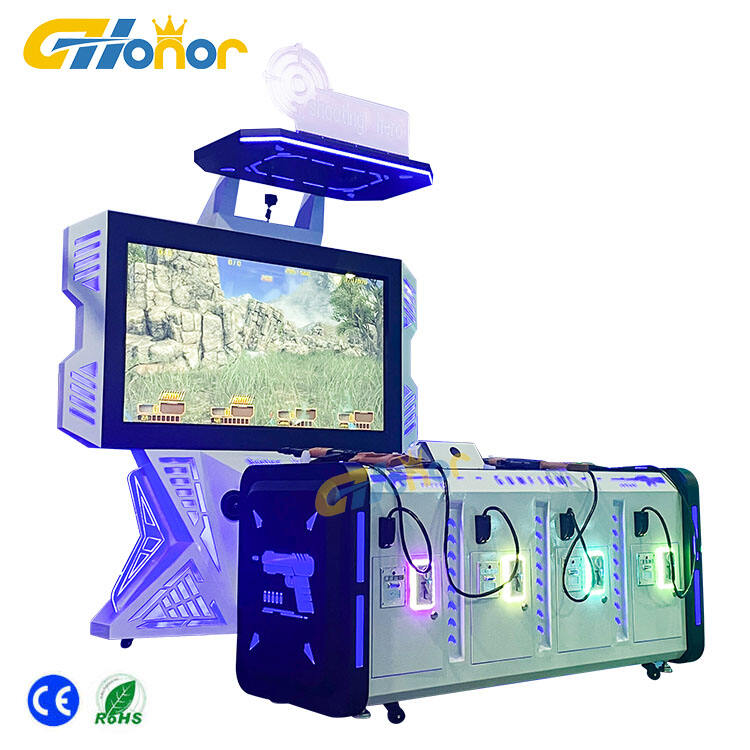A modern arcade machine represents the evolution of traditional gaming equipment, integrating cutting-edge technology, sleek design, and innovative gameplay to meet the demands of contemporary players in arcades, entertainment centers, and tech-focused venues. These machines blend nostalgia with innovation, offering experiences that cannot be replicated on home consoles or mobile devices, thus retaining their appeal in a digital age. Modern arcade machines feature advanced hardware, including high-resolution 4K or curved displays, surround sound systems with spatial audio, and powerful processors that render detailed graphics and smooth animations. Many incorporate immersive technologies such as virtual reality (VR) headsets, motion tracking sensors, haptic feedback systems, and force-feedback controllers, creating experiences that engage multiple senses. For example, VR arcade machines transport players to virtual worlds where they can interact with environments using hand controllers, while racing simulators use vibrating seats and wind effects to mimic the sensation of high-speed driving. Gameplay in modern arcade machines often emphasizes social or competitive elements, with online leaderboards, multiplayer modes, and e-sports integration that allow players to compete globally or locally. Some machines offer augmented reality (AR) features, overlaying digital elements onto the physical environment to create mixed-reality experiences. Others focus on physical activity, such as dance simulators or rhythm games that require players to move their bodies, catering to a growing demand for active entertainment. Design-wise, modern arcade machines feature sleek, minimalist aesthetics with customizable LED lighting, transparent panels, and ergonomic controls that enhance both functionality and visual appeal. They are often compact to maximize space efficiency in venues, with modular components that facilitate easy maintenance and upgrades. Payment systems are updated to reflect modern preferences, accepting cashless options such as credit cards, mobile payments (via QR codes or NFC), and loyalty program tokens, reducing friction for players who rarely carry cash. Software in modern arcade machines is frequently updatable, allowing operators to add new games, features, or content remotely, keeping the machine fresh and relevant. Many include data analytics tools that track usage patterns, popular games, and player demographics, enabling operators to optimize their offerings and marketing strategies. Safety features are also modernized, with sensors that detect player presence to prevent accidents, antimicrobial surfaces to promote hygiene, and child-friendly designs for family venues. Modern arcade machines cater to a diverse audience, from casual players seeking quick, engaging experiences to enthusiasts chasing high scores or competitive glory. They bridge the gap between traditional arcade gaming and emerging technologies, ensuring that arcades remain vibrant, relevant destinations for entertainment. By offering unique, immersive, and socially connected experiences, modern arcade machines redefine what it means to play in public spaces, securing their place in the future of entertainment.
